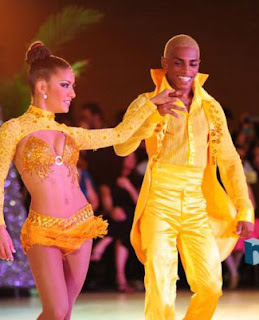Hello all!
It’s been more than a month since I last posted an entry in my Colombia Travel Blog, sorry about that! Just as it happened last December when I wrote about Christmas in Bogota, many many things have converged during the last weeks of this year taking me momentarily away from my blogging activities… all very good things though!
One of them is that I just came back from a wonderful trip to the Galapagos Islands in Ecuador that was really breathtaking and that I’ll tell you about in more detail in a coming post. I’m also in the final stages of planning yet another round trip through Colombia during January, this time focusing in the Colombian Caribbean coast, so expect a lot of new entries about those destinations during 2011. Also, and related to that trip, I am very happy to tell you that l will very soon be able to announce the Colombia project I have been so hardly working on during the last months …. And all of it thanks to this blog!
And because this Colombia Travel blog has given me that much during 2010, I wanted to list the most visited entries during the last 12 months according to Google Analytics:
Although it was published a few days after Christmas 2009 many people have googled about Colombian Christmas traditions, specially about the very Colombian Noche de las Velitas.
4. Bomba Estereo, my favorite new Colombian band.
I discovered this band thru a Belgian friend in Buenos Aires at the beginning of the year…. Now it seems that a LOT of people consider Bomba Estereo as their new favorite Band, they even won the 2010 MTV award in that category, and I had the chance to see Bomba Estero in Argentina live too a couple of months ago .
Unsurprisingly, many of you reached this blog by looking after the best joints to party at in Colombia, this posts talks about my top 5 rumba places in Bogota, my home city.
My personal favorite, this little post created some buzz around travel websites and was republished in many sites and blogs alike even generating some controversy in a number of travel forums. Two main things to highlight about this entry: 1) Only listen to people that have actually traveled to Colombia when looking for advise on coming here and 2) Use your common sense as in any other place in the world: Colombia is not more dangerous than any other country in Latin-American.
1. Top 5 Hidden Destinations in Colombia
Cartagena, Bogota or Santa Marta are amazing destinations, but it seems that people are also looking for more off the beaten path places to discover, here you can find my top 5 alternative Colombian Destinations
Abrazos,
Marcela
























